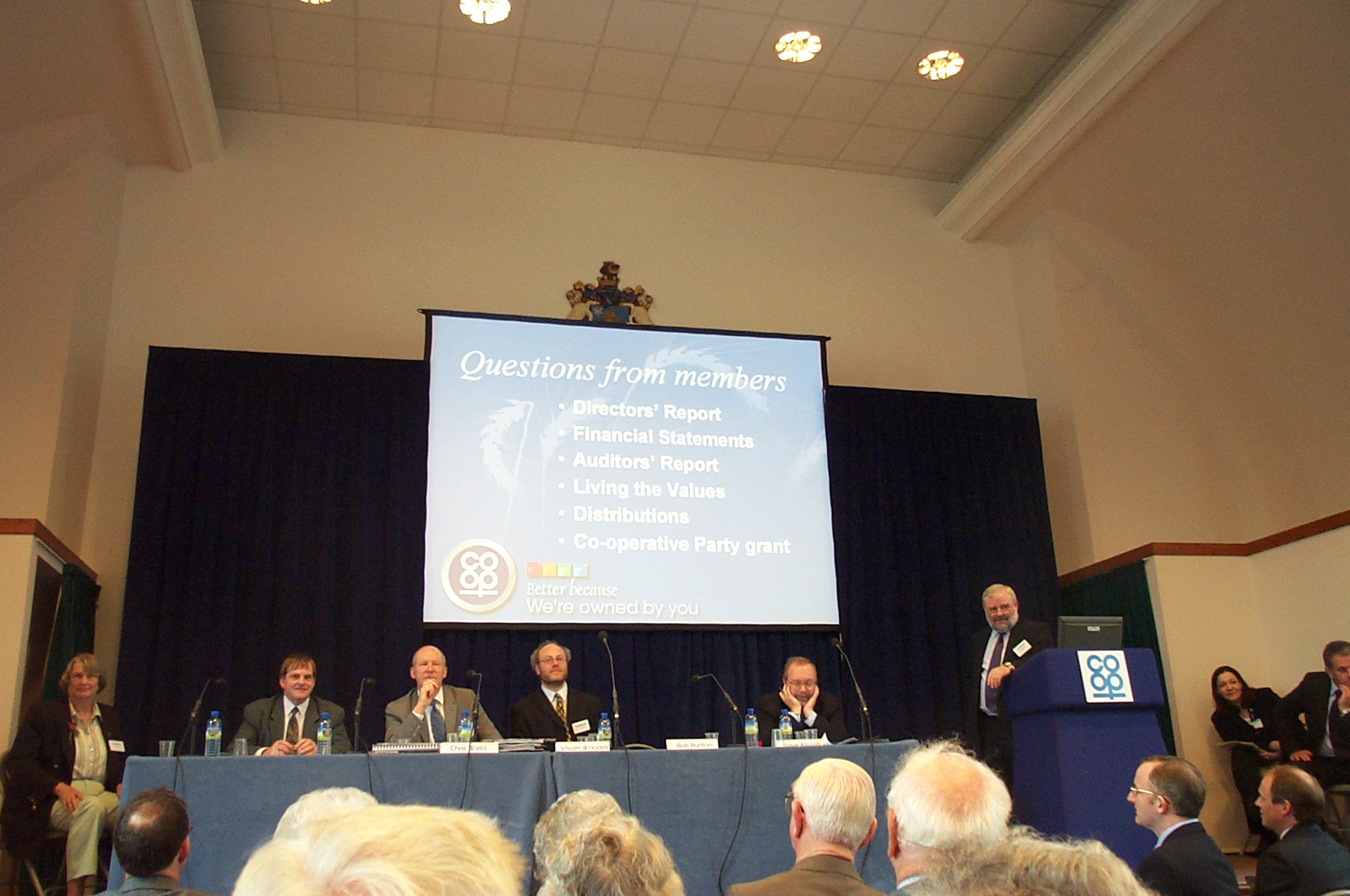|
Vicente Lukbán
Vicente Lukbán y Rilles or Vicente Lucbán Rilles (February 11, 1860 – November 16, 1916) was a Philippine general in the Philippine Republican Army and politician who served as the governor of Tayabas (now Quezon) from 1912 to 1916. He was also an officer in Emilio Aguinaldo's staff during the Philippine Revolution and the politico-military chief of Samar and Leyte during the Philippine–American War. Some sources credit him as the strategist of the Battle of Balangiga, in which more than 50 American troopers were ambushed and killed. Early life Lukbán was born in Labo, Ambos Camarines (now part of Camarines Norte), on February 11, 1860, to Agustin Lukbán of Ambos Camarines and Andrea Rilles of Lucban, Tayabas. He is the brother of Justo Lukbán. He completed his early education at ''Escuela Pia'' in Lucban, continued his studies at Ateneo Municipal de Manila, and took up Bachelor of Laws at the University of Santo Tomas and Colegio de San Juan de Letran. In 18 ... [...More Info...] [...Related Items...] OR: [Wikipedia] [Google] [Baidu] |
Governor Of Quezon
The governor of Quezon is the local chief executive of the Philippine province of Quezon, which was previously called Tayabas until 1946. List of governors of Quezon ;Notes Elections * 1988 Quezon local elections * 1992 Quezon local elections * 1995 Quezon local elections * 1998 Quezon local elections * 2001 Quezon local elections * 2004 Quezon local elections * 2007 Quezon local elections * 2010 Quezon local elections * 2013 Quezon local elections * 2016 Quezon local elections * 2019 Quezon local elections * 2022 Quezon local elections * 2025 Quezon local elections References Governors of provinces of the Philippines, Quezon Politics of Quezon Long stubs with short prose {{government-stub ... [...More Info...] [...Related Items...] OR: [Wikipedia] [Google] [Baidu] |
Bachelor Of Laws
A Bachelor of Laws (; LLB) is an undergraduate law degree offered in most common law countries as the primary law degree and serves as the first professional qualification for legal practitioners. This degree requires the study of core legal subjects and jurisprudence to provide a comprehensive understanding of the legal system and its function. The LLB curriculum is designed to impart a thorough knowledge of legal principles, legal research skills, and a sound understanding of the roles and responsibilities of lawyers within society. This degree is often a prerequisite for taking bar exams or qualifying as a practising lawyer, depending on the jurisdiction. Additionally, the LLB program also serves as a foundation for further legal education, such as a Master of Laws (LLM) or other postgraduate studies in law. Region awarded Bachelor of Laws degrees are awarded by universities in regions including Europe, Australia, China, Hong Kong, Macau, Malaysia, Bangladesh, India, Indonesia ... [...More Info...] [...Related Items...] OR: [Wikipedia] [Google] [Baidu] |
Reseller
A reseller is a company or individual ( merchant) that purchases goods or services with the intention of selling them rather than consuming or using them. Individual resellers are often referred to as middle men. This is usually done for profit (but can be done at a loss). One example can be found in the industry of telecommunications, where companies buy excess amounts of transmission capacity or call time from other carriers and resell it to smaller carriers. Resale can be seen in everyday life from yard sales to selling used cars. According to the Institute for Partner Education & Development, a reseller's product fulfillment–based business model includes a corporate reseller, retail seller, direct market reseller (DMR), and an internet retailer (eTailer); less than 10 percent of its revenue comes from services. Internet Resellers are known to conduct operations on the Internet through sites on the web. Another common example of this is in the web hosting area, where a ... [...More Info...] [...Related Items...] OR: [Wikipedia] [Google] [Baidu] |
Bicol Peninsula
The Bicol Region, designated as Region V, is an administrative region of the Philippines. It comprises six provinces, four on the Bicol Peninsula (the southeastern end of Luzon): Albay, Camarines Norte, Camarines Sur, and Sorsogon, and two off the shore: Catanduanes and Masbate. The regional center is Legazpi, the most populous city in the region and has one independent component city, the pilgrim city of Naga. The region is bounded by Lamon Bay to the north, the Philippine Sea to the east, and the Sibuyan Sea and Ragay Gulf to the west. The northernmost provinces, Camarines Norte and Camarines Sur, are bordered to the west by the province of Quezon in the Calabarzon region. Geography The Bicol Region comprises the southern part of Luzon, the largest island in the Philippine archipelago. The total land area is 5.9% of the total land area of the country. Around 69.3% of the total land area is alienable and disposable while the remaining 30.7% is public forest are ... [...More Info...] [...Related Items...] OR: [Wikipedia] [Google] [Baidu] |
Cooperative
A cooperative (also known as co-operative, coöperative, co-op, or coop) is "an autonomy, autonomous association of persons united voluntarily to meet their common economic, social and cultural needs and aspirations through a jointly owned and democratically-controlled wikt:Enterprise, enterprise". Cooperatives are democratically controlled by their members, with each member having one vote in electing the board of directors. They differ from Collective farming, collectives in that they are generally built from the bottom-up, rather than the top-down. Cooperatives may include: * Worker cooperatives: businesses owned and managed by the people who work there * Consumer cooperatives: businesses owned and managed by the people who consume goods and/or services provided by the cooperative * Producer cooperatives: businesses where producers pool their output for their common benefit ** e.g. Agricultural cooperatives * Purchasing cooperatives where members pool their purchasing power ... [...More Info...] [...Related Items...] OR: [Wikipedia] [Google] [Baidu] |
Justo Lukban
Justo Lukbán y Rilles (May 28, 1863 – September 2, 1927) was a Filipinos, Filipino physician and politician, Lukban was elected to the Philippine Assembly and was the 3rd Mayor of Manila from 1917 until 1920, he also served as the 3rd Mayor of Manila#Vice Mayor, Vice Mayor of Manila from 1911 to 1915. Early life Justo Lukban was born in Labo, Camarines Norte, Labo, nowadays part of the Philippine province of Camarines Norte. He was the second child from a family of six children of Agustin Lukbán and Andrea Rilles. One of his three brothers was General Vicente Lukbán. He enrolled in 1873 at the Colegio de San Juan de Letran where he achieved a Bachelor of Arts-degree. Afterwards, Lukban studied medicine at the University of Santo Tomas. In 1888, he achieved his medical license and started his own practice in Manila. Philippine Revolution and Philippine-American War After the outbreak of the Philippine Revolution Lukban joined the revolutionary movement, just like his brothe ... [...More Info...] [...Related Items...] OR: [Wikipedia] [Google] [Baidu] |
Quezon
Quezon, officially the Province of Quezon () and historically known as Tayabas, is a Provinces of the Philippines, province in the Philippines located in the Calabarzon Regions of the Philippines, region on Luzon. Lucena, a highly urbanized city governed separately from the province, serves as the provincial capital and its most populous city. The name of the province came from Manuel L. Quezon, the president of the Philippines from 1935 to 1944. The province was known as ''Kalilayan'' upon its creation in 1591, renamed as ''Tayabas'' by the 18th century, before settling on its current name in 1946. To distinguish the province from Quezon City, it is also known as Quezon Province, a variation of the province's official name. One of the largest provinces in the country, Quezon is situated on the southeastern portion of Luzon, with the majority of its territory lying on an isthmus that connects the Bicol Peninsula to the rest of Luzon. It also includes the Polillo Islands in the ... [...More Info...] [...Related Items...] OR: [Wikipedia] [Google] [Baidu] |
Lucban, Quezon
Lucban, officially the Municipality of Lucban (), is a municipality of the Philippines, municipality in the Philippine Province, province of Quezon, Philippines. According to the 2020 census, it has a population of 53,091 people. Lucban is dubbed as the Summer Capital, Art Capital, Dance Capital, Tourist Capital, and Rice Capital of Quezon province. The municipality is known for its annual Pahiyas Festival, which is held every May 15 in honor of Isidore the Laborer, San Isidro Labrador and known also as the 'Baguio' counterpart of the province. Etymology Legend has it the town derives its name from the ''lukbán'' or pomelo tree. Three hunters from neighbouring Majayjay— namely Marcos Tigla, Luis Gamba, and Lucas Mañawa— lost their way following the trail of wild animals at the foot of volcanic Mount Banahaw. Resting under a tree, they saw a crow (''uwák'') in the tree's branches, and believing this to be a bad omen, they moved to another place and rested again. Whilst i ... [...More Info...] [...Related Items...] OR: [Wikipedia] [Google] [Baidu] |
Camarines Norte
Camarines Norte (; ), officially the Province of Camarines Norte (; ), is a Provinces of the Philippines, province in the Philippines located in the Bicol Region in Luzon. Its capital is Daet, Camarines Norte, Daet, the most populous town in the province. The province borders Quezon to the west, Camarines Sur to the south, and the Philippine Sea to the north. It has historically been a Bikol-speaking region. However, there has been a language shift in recent years to Tagalog, which is more commonly used nowadays. History Spanish colonial era Spanish ''conquistador'' Juan de Salcedo, dispatched by Miguel López de Legazpi to explore the island in 1571, influenced the existence of Camarines Norte. After subduing Taytay, Rizal, Taytay and Cainta, Rizal, Cainta, he marched further across Laguna (province), Laguna and Quezon Province, Tayabas. He visited the rich gold-laden town of Jose Panganiban, Camarines Norte, Mambulao and Paracale, obsessed by them about which he heard from nativ ... [...More Info...] [...Related Items...] OR: [Wikipedia] [Google] [Baidu] |
Philippine Revolution
The Philippine Revolution ( or ; or ) was a war of independence waged by the revolutionary organization Katipunan against the Spanish Empire from 1896 to 1898. It was the culmination of the 333-year History of the Philippines (1565–1898), colonial rule of Spain in the archipelago. The Captaincy General of the Philippines, Philippines was one of the last major colonies of the Spanish Empire, which had already suffered Spanish American wars of independence, a massive decline in the 1820s. Cuban War of Independence, Cuba rebelled in 1895, and in 1898, the United States Spanish–American War, intervened and the Spanish soon capitulated. In June, Philippine revolutionaries Philippine Declaration of Independence, declared independence. However, it was not recognized by Spain, which sold the islands to the United States in the Treaty of Paris (1898), Treaty of Paris. Led by Andrés Bonifacio, the Katipunan was formed in secrecy in 1892 in the wake of the nascent La Liga Filipina ... [...More Info...] [...Related Items...] OR: [Wikipedia] [Google] [Baidu] |
Emilio Aguinaldo
Emilio Aguinaldo y Famy (: March 22, 1869February 6, 1964) was a Filipino revolutionary, statesman, and military leader who became the first List of presidents of the Philippines, president of the Philippines (1899–1901), and the first president of an Asia (continent), Asian constitutional republic. He served the 2nd shortest term as president of the Philippines, lasting for only 2 years and 27 days, only behind Sergio Osmeña by 516 days, of which, he only lasted from August 1, 1944 to May 28, 1946. He led the Philippine forces first against Spain in the Philippine Revolution (1896–1898), then in the Spanish–American War (1898), and finally against the United States during the Philippine–American War (1899–1901). He is regarded in the Philippines as having been the country's first president during the period of the First Philippine Republic, though he was not recognized as such outside of the Philippine Revolution, revolutionary Philippines. Aguinaldo is known as a ... [...More Info...] [...Related Items...] OR: [Wikipedia] [Google] [Baidu] |






